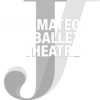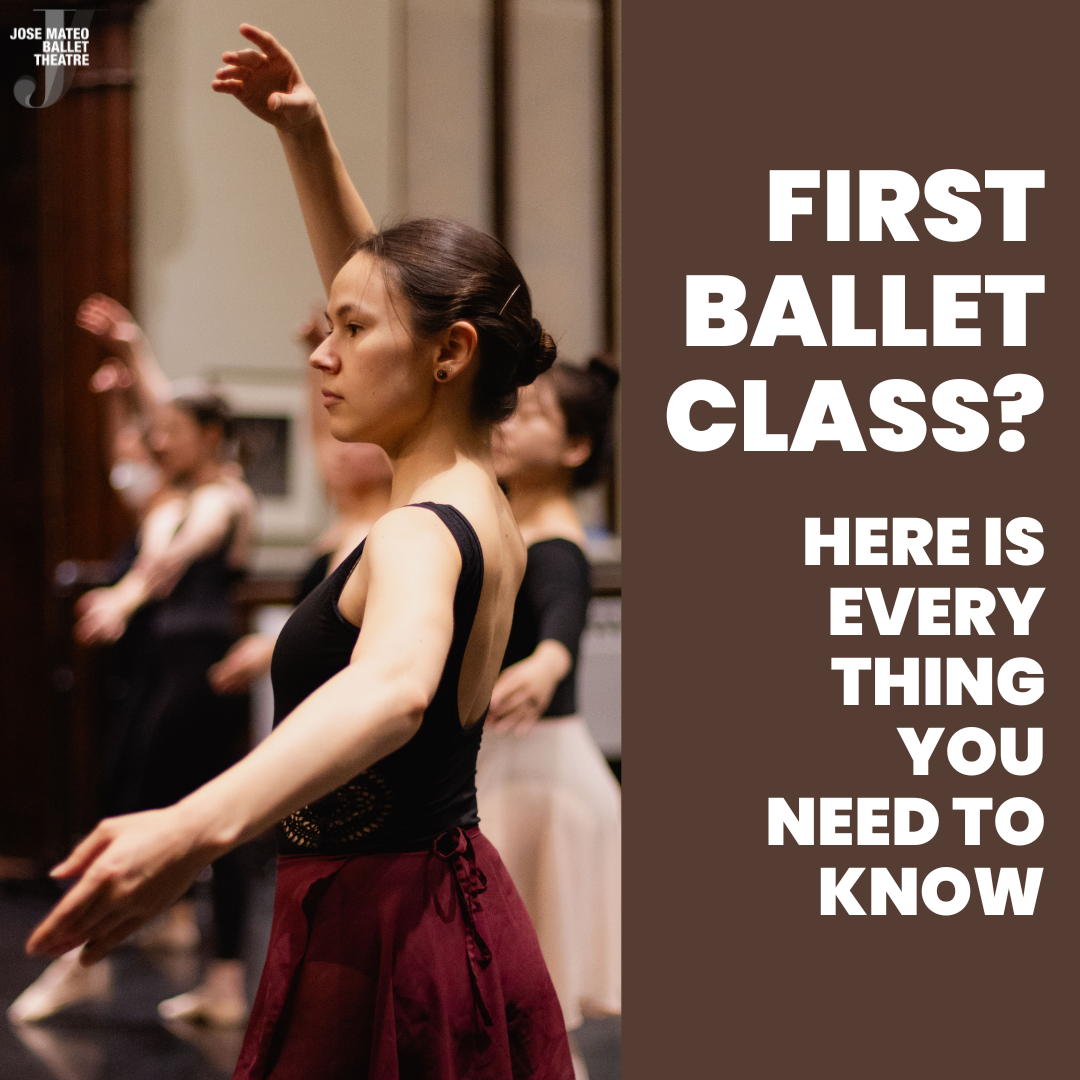Ballet, with its elegance and grace, has always appealed to people of all ages. If you’re going to try your first ballet class, it’s natural to feel excited but maybe a little nervous. But don’t worry, we’re going to walk you through everything you need to know to properly prepare for this new experience.
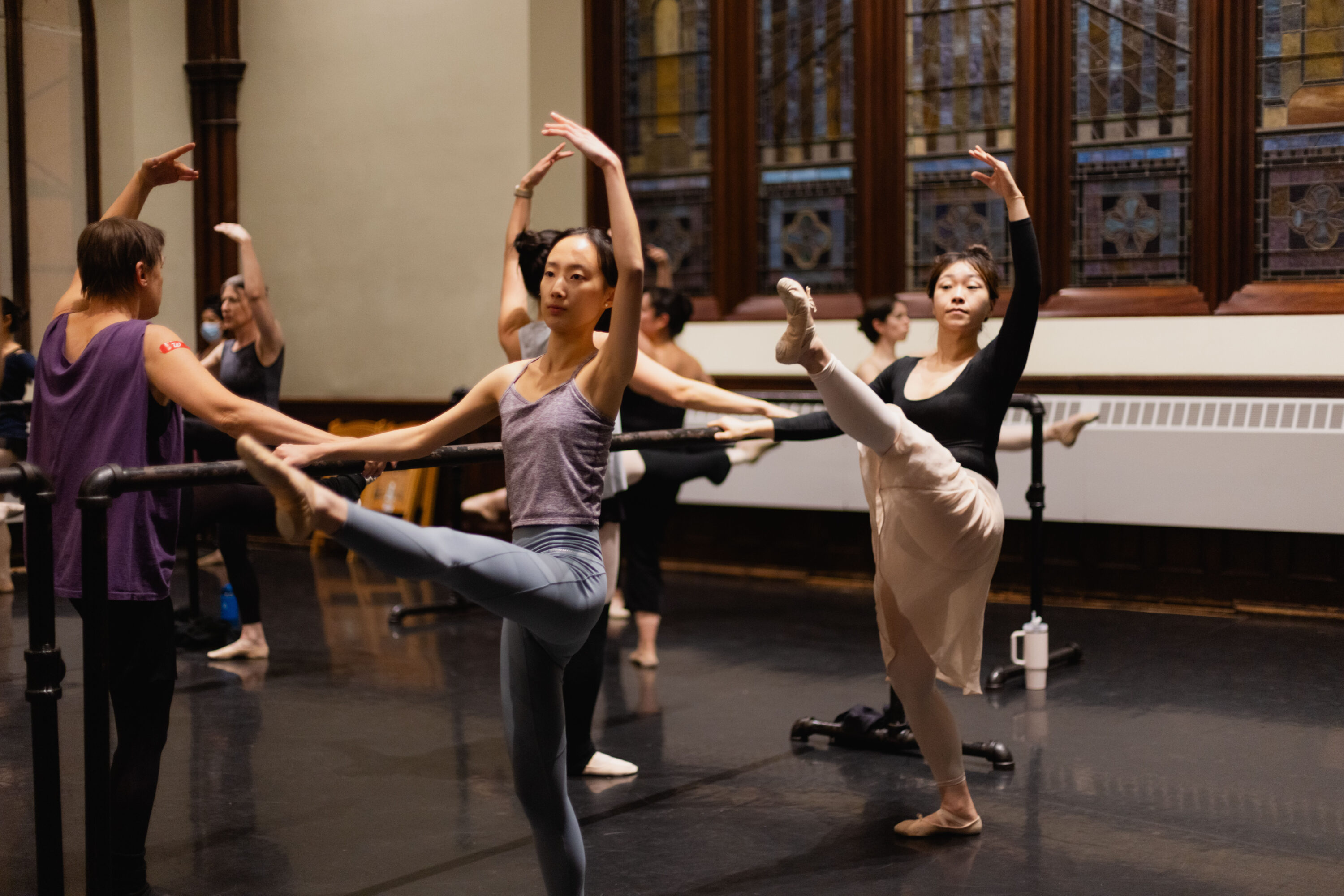
What to Wear
Typical attire for a ballet class includes a leotard and tights to allow for freedom of movement, maintaining a correct posture, and to allow the teacher to see your alignment. However, you can also substitute leggings or shorts and a form-fitting t-shirt for these items. Ballet fashion is a big deal for some dancers who enjoy wearing a myriad of fun leg warmers, skirts, and hair accessories. However, our top advice to new dancers is to wear something comfortable and breathable as you will work up a sweat!
Ballet Shoes
The most important aspect for any dancer is the right ballet shoes. Ballet shoes are lightweight, flexible shoes designed specifically for dance. Ballet shoes come in a variety of styles and materials so it is important to choose a pair that best suits your personal needs and preferences.
For your first pair of ballet shoes, we recommend getting fitted by a professional dance shoe fitter at your nearest dancewear store. Ballet shoes should fit snugly on your foot and contour to your foot’s shape. The sales associate will help you with trying on a variety of ballet shoes – from leather to canvas, full sole versus split sole – and figure out which one is best for you. If you do not have access to a dancewear store, ballet shoes are also available online to order.
Examples of popular ballet shoes brands are So Danca, Capezio, Bloch, and Wear Moi. Note that purchasing ballet shoes online of other non-reputable brands may not be the best quality and fit.
Finally, if you don’t have ballet shoes for your first class, don’t fret! A good temporary alternative is to wear regular socks.
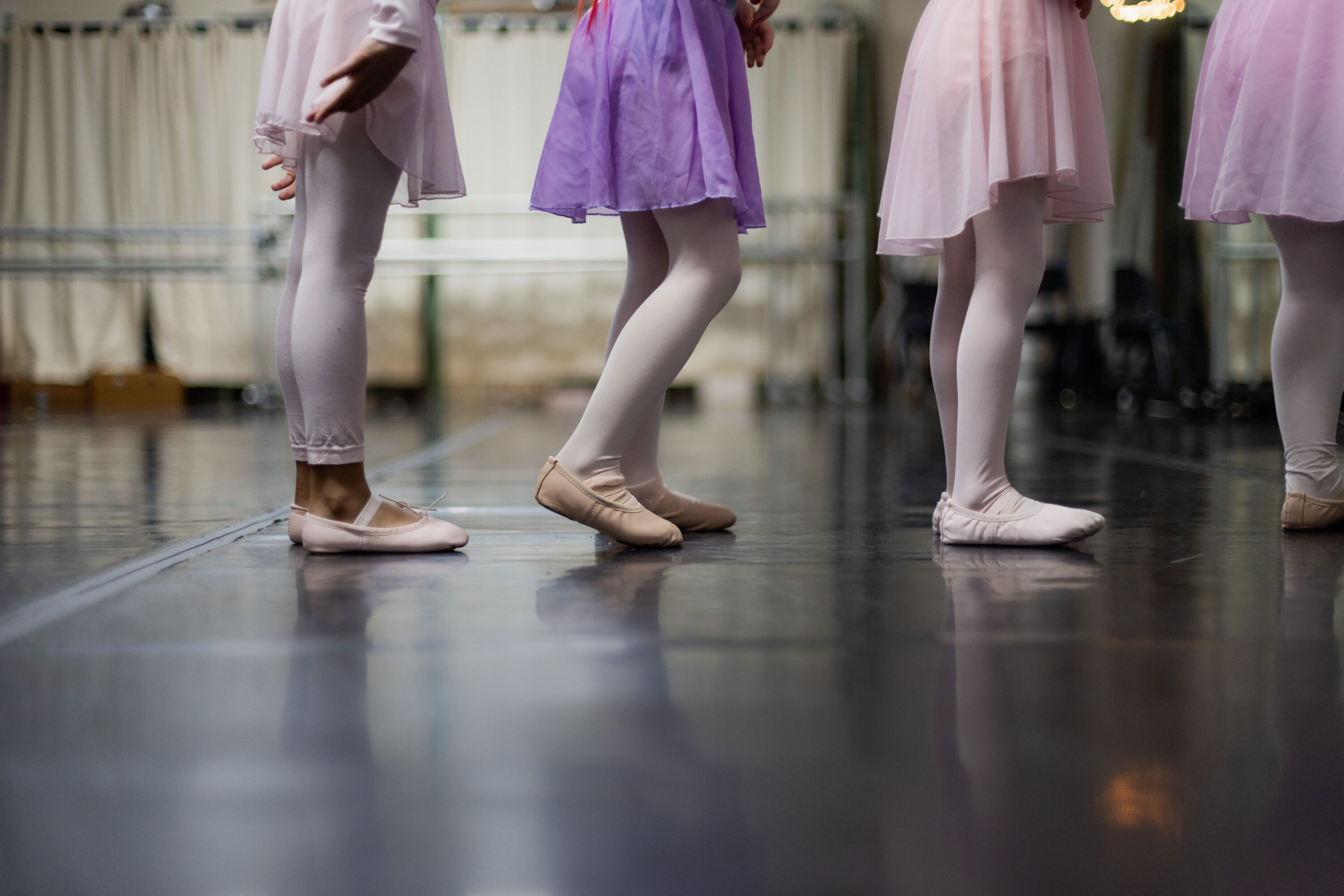
Hair
In a ballet class, wearing your hair up is essential for multiple reasons that go beyond simple aesthetics. An up-do prevents your hair from flying into your face and causing distractions or accidents while dancing. You’ll be more comfortable with your hair up and you’ll be able to turn your head more easily during movements. Wearing your hair up also helps to encourage concentration during class, allowing yourself to focus fully on the movements and technique, without the constant distraction of adjusting your hair.
From an aesthetic and professional perspective, bunned hair contributes to a more polished and disciplined appearance – characteristics valued in ballet. Finally, keeping the hair up allows for better visibility of the position of the neck and head, which is essential for correcting technique and ensuring proper posture.
Typical hairstyles worn by ballet dancers include:
- Bun: This is the most common and classic hairstyle. The hair is gathered and twisted into a bun right at the back of the head, secured with bobby pins and a hairnet to keep it in place.
- Braided Bun: Some dancers choose to braid their hair in a braid or multiple braids before gathering the hair into a bun.
- French Twist: A very elegant hairstyle, the hair is twisted underneath itself and secured with bobby pins. A French twist gives the illusion of a longer neck.
- Low Ponytail: In some more contemporary ballet styles, a tightly secured low ponytail is permitted, although this may vary depending on the specific rules of the school or ballet company and the length of your hair.
While ballet newbies are not expected to have a perfect cinnamon bun upon their first ballet class, we recommend a simple ponytail or braid to start. As you progress in your ballet journey and learn bigger, more full body movements including pirouettes and jumps, a bun or twist to firmly secure the hair down is more necessary.
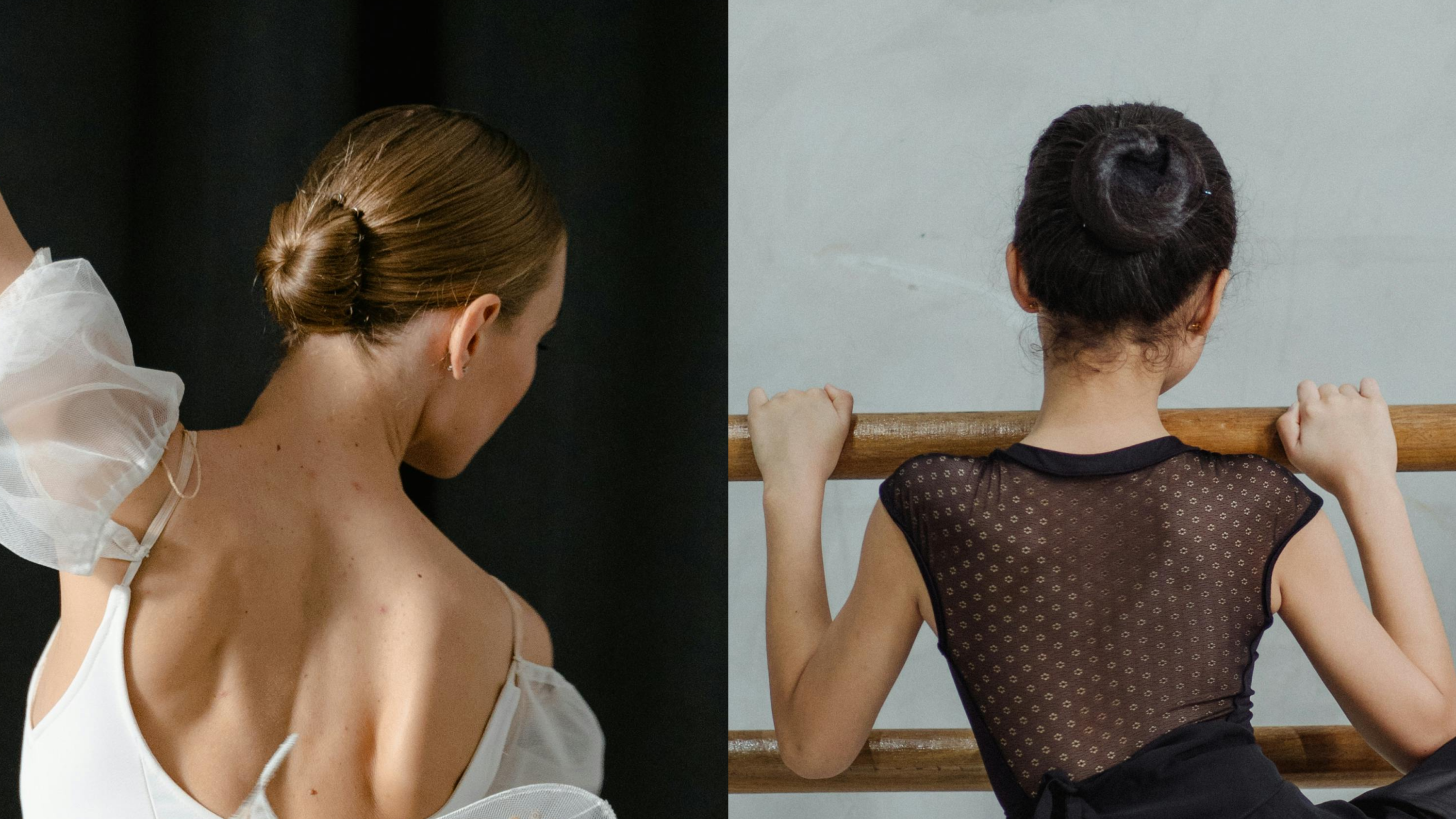
Tell Your Teacher of Any Previous Injuries or Concerns
Make sure to communicate with your teacher of injuries or concerns you may have over your body and health history at the beginning of class. This way, your teacher is aware and can adjust the exercises for your abilities or pay extra attention to you during class.
Be your own coach too – if something hurts, please stop dancing and take a break. Ballet is strenuous, but is not meant to be painful.
In Ballet Class
Your first ballet class will be overwhelming with so much new information about steps, posture, placement, and ballet terminology that it is possible to get lost very easily. Don’t be discouraged! Ballet requires a high level of strength, flexibility, coordination and control to successfully execute. Getting it may take a while, but this doesn’t mean that ballet is not right for you. Trust the process and try to just focus on one thing at a time, such as remembering the name of the step. The names of ballet steps are all in French. By learning the ballet terms and their meanings in your own language, such as fondu meaning melted or sinking down, you will remember each step and progress quicker.
Learn more about the structure of a typical ballet class here.
Now that you know what to expect, it is time to sign up for class! JMBT offers beginner classes to all ages. Check out all of our programming below to find the best class for you.
Happy Dancing!
Young Dancers Program, for children starting at 3 years old
Teenager’s Introduction to Ballet, a beginner course for teens ages 11-18
Adult Introduction to Ballet, two levels of beginner courses for adults with little to no experience
